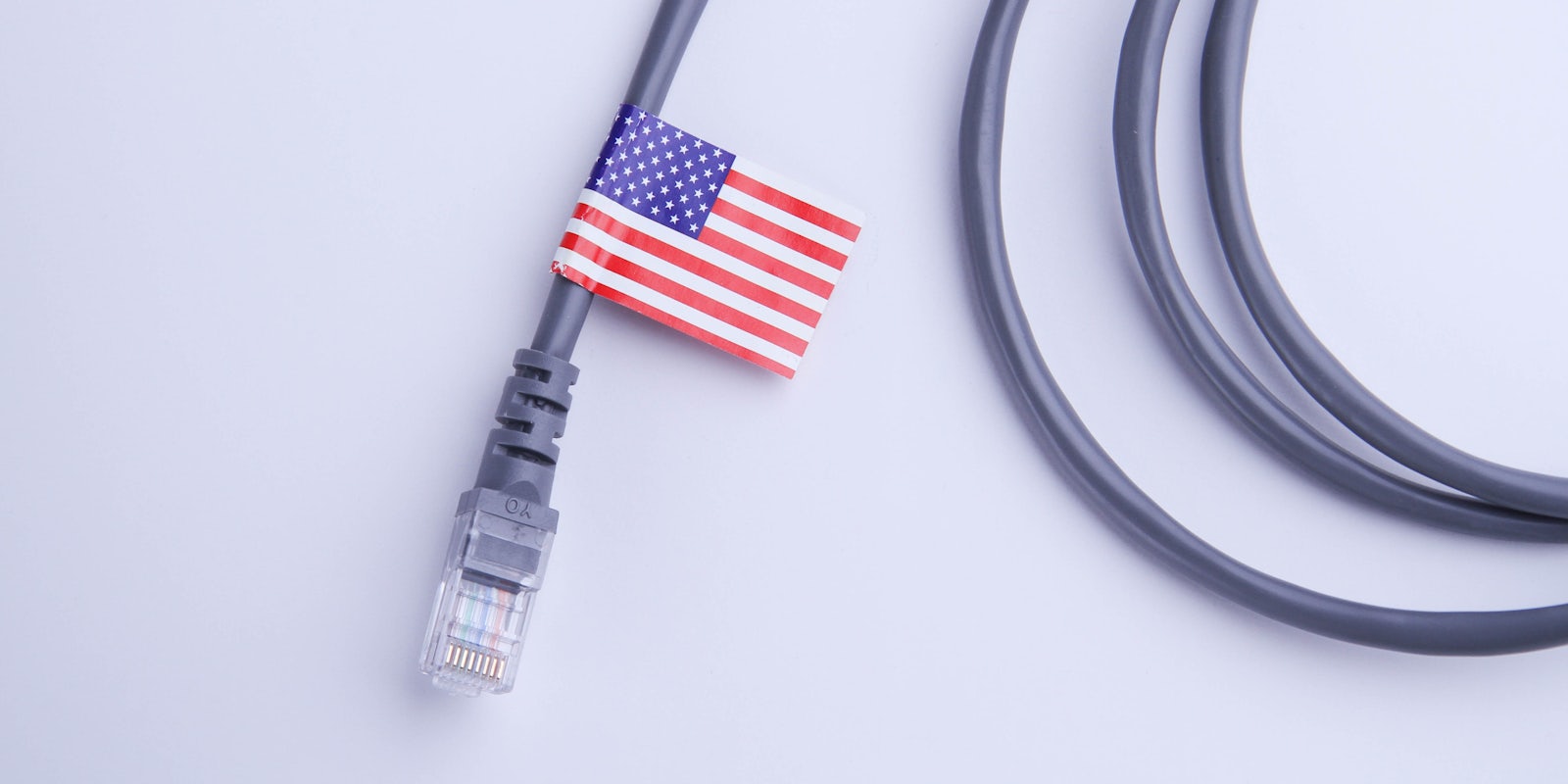Today in Tech is a weekly column that unpacks the internet rights and big tech news that are emerging on the popular platform and runs on Saturdays in the Daily Dot’s web_crawlr newsletter. If you want to get this column a day before we publish it, subscribe to web_crawlr, where you’ll get the daily scoop of internet culture delivered straight to your inbox.
Analysis
A recent report has laid out which states have the best (and worst) internet in the country, while also highlighting how scarce low-priced broadband plans are across the U.S.
Broadband Now recently released their “Best and Worst States for Broadband” report, which ranks the states on a variety of factors including: access to wired or fixed wireless broadband, access to wired low-priced broadband, median round trip time, median download speeds, median upload speeds, and access to fiber-optic services.
Their report found that residents in West Virginia, Alaska, Mississippi, Arkansas, and Vermont were the “worst” states for broadband. On the other end, Maryland, New Jersey, New York, Delaware, and Washington were ranked the “best” states for broadband.
Additionally, the report found that availability of low-priced broadband plans “remains low” across the U.S. For instance, in half of all states, less than 20% of the population had access to an internet plan that was less than $60-per-month, according to the report.
Broadband Now frequently publishes studies on the state of broadband access and affordability. As we wrote in February, the research firm found that average household income was a “strong predictor of broadband pricing,” meaning that low income areas in the U.S. paid more for internet access than higher-income areas.
You can see Broadband Now’s full ranking of the states here.
Why it matters
The report from Broadband Now comes as more attention is being paid to the U.S.’s long-running digital divide, or the gap between people who have access to affordable broadband and those who don’t.
The Federal Communications Commission (FCC) said in April that 17 million households signed up for its Affordable Connectivity Program (ACP), which allows for eligible people to get a monthly discount on their internet bills.
The agency also pushed to require internet service providers to display a “nutrition label” with important information for consumers to see, including—among other things—a provider’s speeds, prices, fees, and data allowances. All of that information will let consumers know up front what they are expected to pay.
Of course, information like this is only useful if people have choices about who their internet service providers can be. Unfortunately, most people in the U.S. don’t have that kind of choice.


